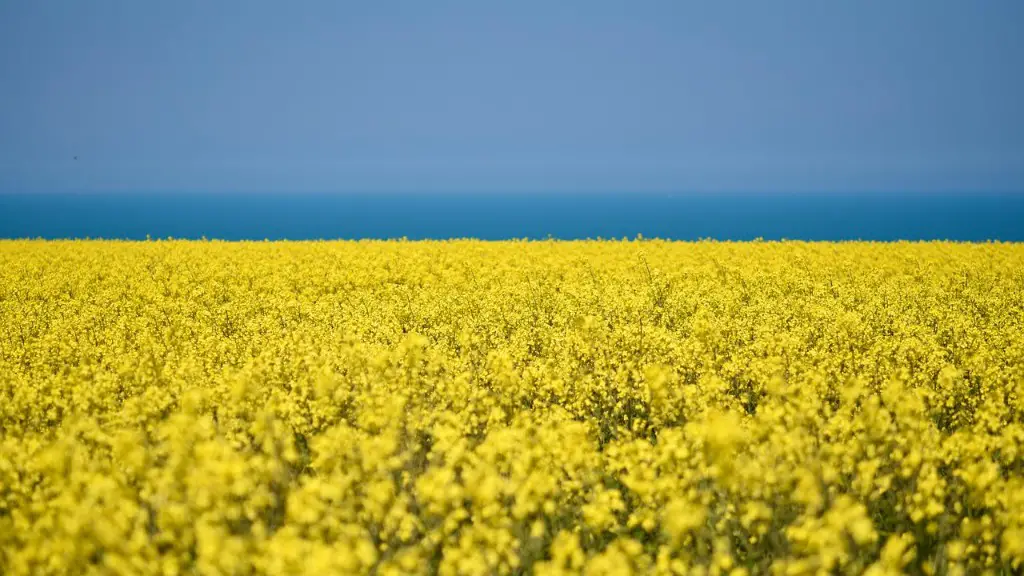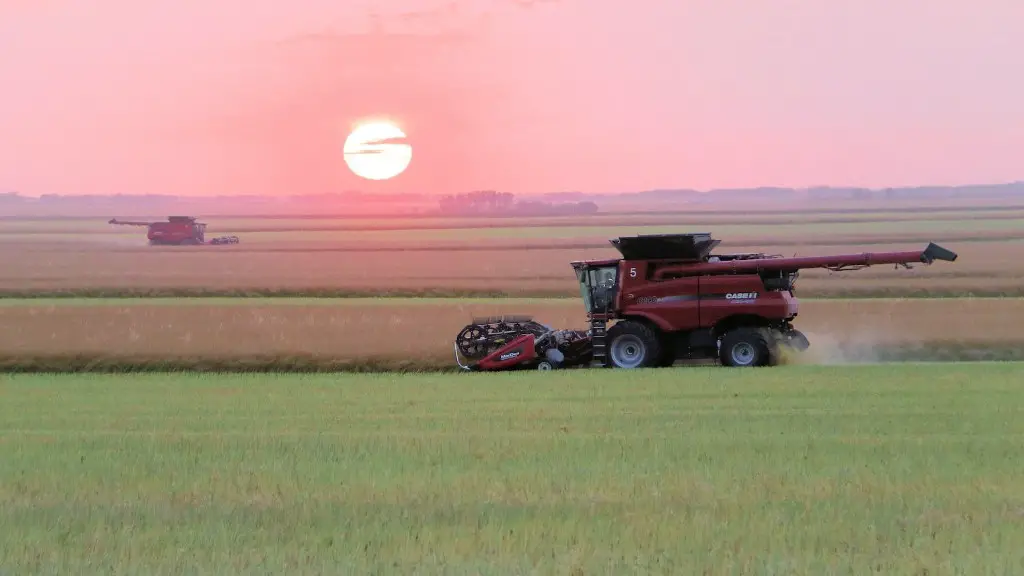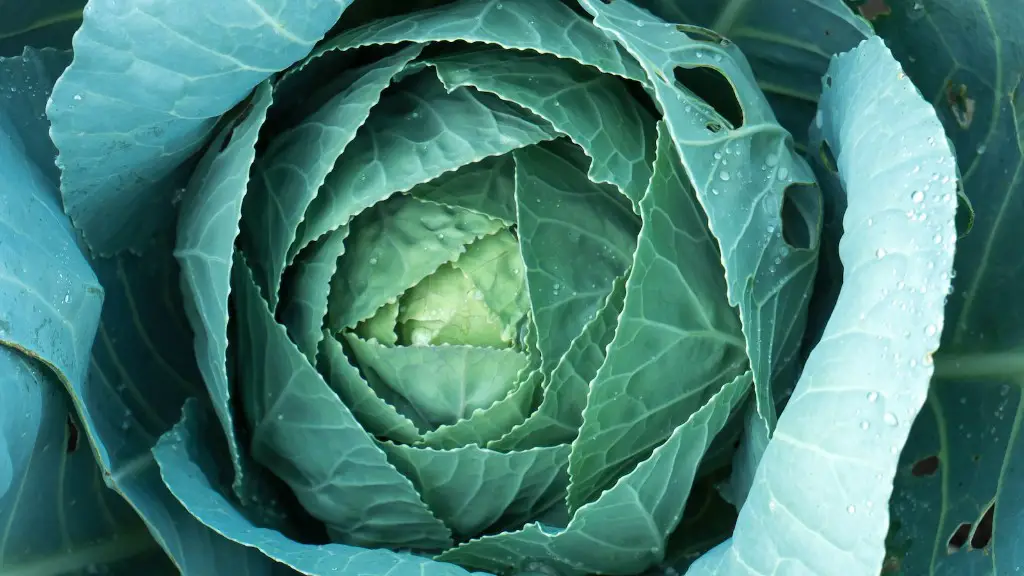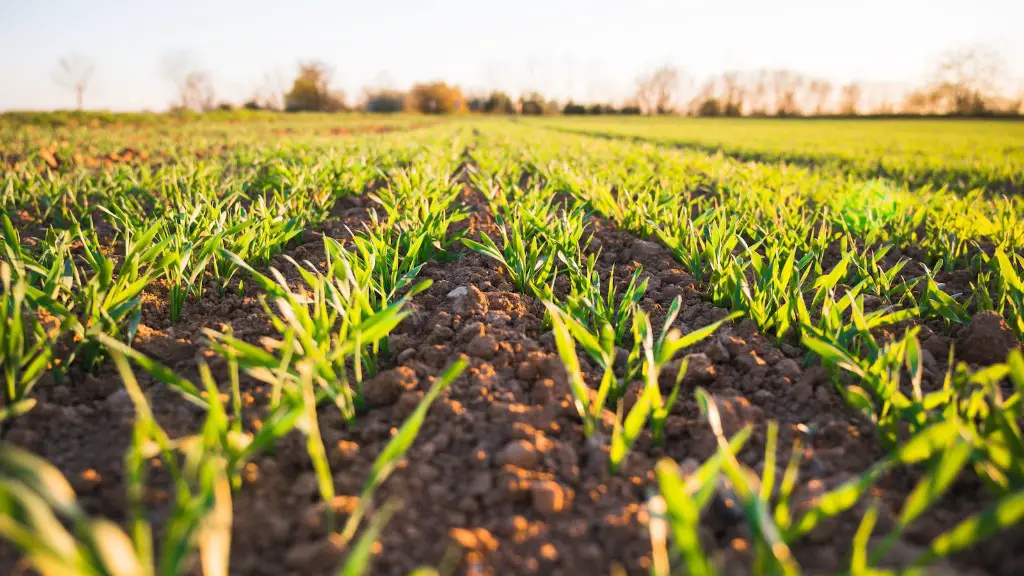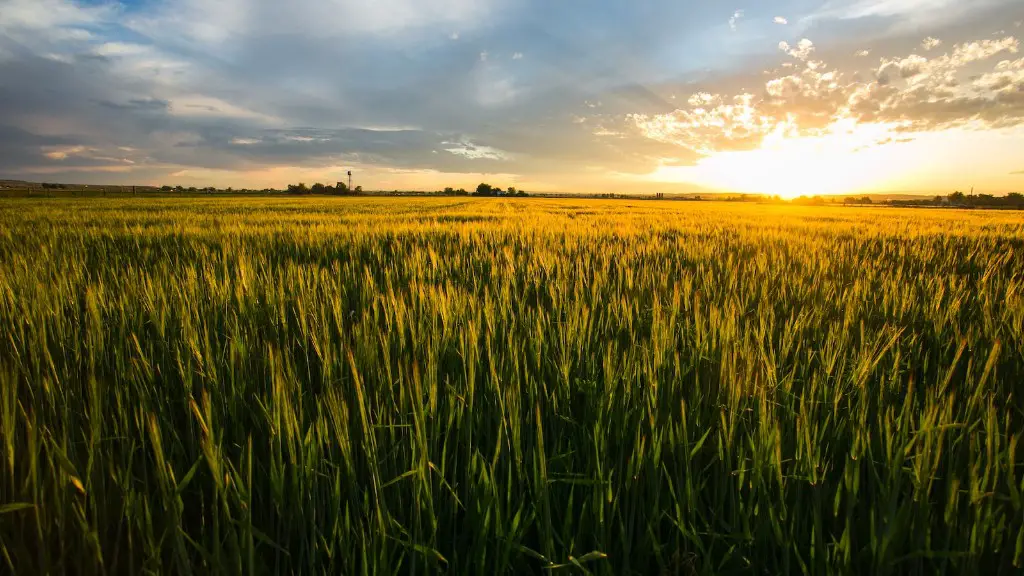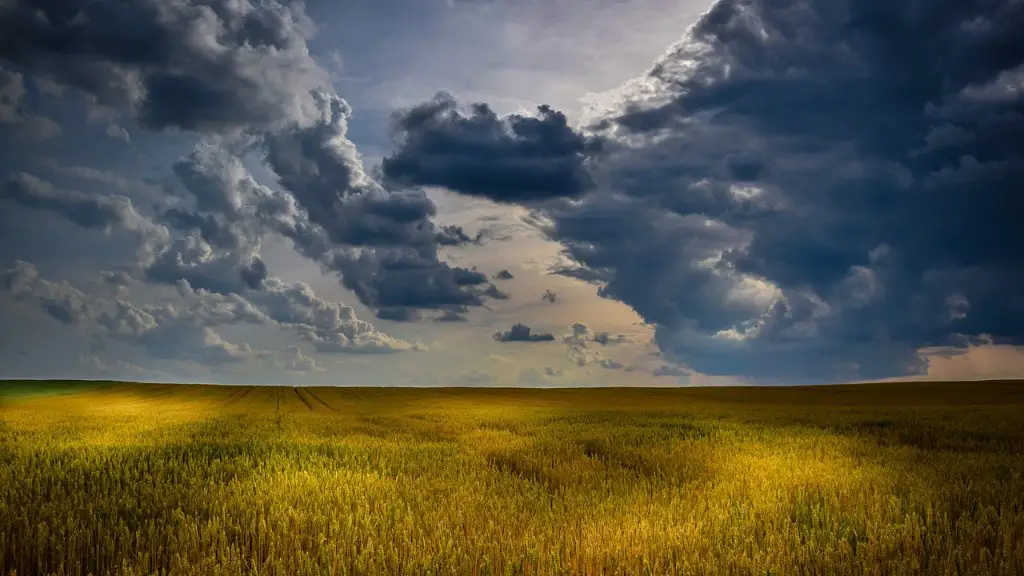Animal agriculture is one of the leading causes of climate change and environmental degradation. The United Nations has called it “a major contributor to the most serious environmental problems, at every scale from local to global.”
Animal agriculture is responsible for 18 percent of human-caused greenhouse gas emissions, more than the entire transportation sector. It is also a major driver of deforestation, water scarcity, and wildlife depletion.
The good news is that there is a growing movement of people committed to making more planet-friendly choices about the food they eat. By choosing plant-based foods, we can help protect the planet and its inhabitants.
Animal agriculture is one of the leading causes of environmental destruction. It is responsible for a huge amount of greenhouse gas emissions, water pollution, and deforestation. Animal agriculture is also a major contributor to climate change.
How animal agriculture is killing the planet?
Livestock production is a major source of greenhouse gas emissions and contributes to deforestation, biodiversity loss, and water pollution.
Livestock production accounts for nearly 15% of total global greenhouse gas emissions, which is greater than all the transportation emissions combined. It also uses nearly 70% of agricultural land which leads to being the major contributor to deforestation, biodiversity loss, and water pollution.
Livestock production is thus a major contributor to climate change and has a significant impact on the environment. There is a need to reduce the impact of livestock production on the environment and climate.
Deforestation is a huge problem all over the world, and it’s especially devastating in areas where trees are cleared to make room for farmed animals. According to some estimates, clearing land to graze farmed animals accounts for roughly 40 percent of all deforestation. This means that if 15 billion trees are being cut down every year, six billion of them are cleared for grazing.
This is a huge problem for the environment, and it’s also a major contributor to climate change. Trees play a vital role in absorbing carbon dioxide from the atmosphere, so when they’re cleared, the greenhouse gas is released into the atmosphere, contributing to global warming.
What’s more, deforestation also destroys habitats and causes soil erosion. This can lead to a loss of biodiversity, as well as problems like floods and landslides.
Clearly, something needs to be done to reduce the amount of deforestation that’s taking place. One way to do this is to encourage people to consume less meat and dairy. Animal agriculture is a major driver of deforestation, so eating less meat and dairy can help to reduce the demand for these products and ultimately help to protect forests.
What are 3 of the several direct impacts of animal agriculture on the planet
Animal agriculture is the leading cause of species extinction, ocean dead zones, water pollution, and habitat destruction. The demand for animal products is putting pressure on ecosystems around the world and causing the loss of biodiversity. Animal agriculture is also a major source of greenhouse gas emissions, contributing to climate change. The way we produce and consume animal products needs to change in order to protect the environment and ensure the sustainability of our food system.
Animals on factory farms live in constant fear and torment. They are often given so little space that they can’t even turn around or lie down comfortably. Egg-laying hens are kept in small cages, chickens and pigs are kept in jam-packed sheds, and cows are kept on crowded, filthy feedlots.
What are the negatives of animal agriculture?
Animal agriculture is a major driver of global warming and biodiversity loss. The industry destroys ecosystems, releases huge quantities of greenhouse gases, wastes vast quantities of water, and is a major source of pollutants.
Animal agriculture is one of the leading causes of greenhouse gas emissions worldwide. The sector is responsible for 18% of all emissions, more than all forms of transportation combined. The main culprit is livestock production, which emits 14.5% of all greenhouse gases. The sector is also a major contributor to land and water degradation, deforestation, and biodiversity loss. Animal agriculture is not sustainable and must be addressed in order to mitigate the impact of climate change.
Will animal agriculture ever end?
The research director at the Sentience Institute and author of the book “The End of Animal Farming: How Scientists, Entrepreneurs, and Activists Are Building an Animal-Free Food System” claims that by 2100, all forms of animal farming will be seen as outdated. This is due to the shift in consumer attitudes that is currently taking place. Reese predicts that this change will lead to a more humane and sustainable food system that does not rely on the exploitation of animals.
Livestock farming is one of the leading causes of deforestation, particularly in the Brazilian Amazon rainforest. It is responsible for nearly a third of all biodiversity loss to date.Animal agriculture is also a major contributor to greenhouse gas emissions and water pollution.
How much waste does animal agriculture produce
This is a huge amount of manure and it can have a serious impact on the environment if it is not managed properly. There are a number of ways to deal with this manure, such as using it as fertilizer, but if it is not done carefully it can pollute the air and water.
Livestock products are responsible for more greenhouse gases emissions than most other food sources. Emissions are caused by feed production, enteric fermentation, animal waste and land-use change. Livestock supply chains account for 71 gigatonnes of CO2, equivalent to 145% of global anthropogenic greenhouse gas emissions.
What are 3 negative effects of agriculture on the environment?
It is no secret that large-scale, conventional farming takes a toll on the environment. The intensive production of a single crop, reliance on machinery, and use of fossil fuels, pesticides, antibiotics, and synthetic fertilizers all contribute to climate change, pollution, and soil depletion.
Despite the negative impacts of this type of farming, it remains the dominant form of agriculture due to its high yield potential. If we are to feed the growing population of the world, we must find ways to make large-scale farming more sustainable. This means finding ways to reduce its reliance on fossil fuels, pesticides, and synthetic fertilizers, and finding ways to promote soil health and fertility.
Pesticides, fertilizers and other toxic farm chemicals can poison fresh water, marine ecosystems, air and soil They also can remain in the environment for generations Many pesticides are suspected of disrupting the hormonal systems of people and wildlife Fertilizer run-off impacts waterways and coral reefs.
These harmful chemicals not only impact the environment, but also the health of people and animals. It is important to be aware of the dangers they pose and take steps to reduce their use and impact on the environment.
What is the biggest problem in Animal Farm
Animal Farm is George Orwell’s political fable about the rise of the Soviet Union and the rebellion against it. The central conflict arises when the animals’ desire for freedom and equality is corrupted by the consolidation of political power amongst the pigs. This conflict is a representation of the real-life conflict between the Soviet Union and the Western world.
The majority of greenhouse gas production results from waste product of livestock – primarily methane. Methane is much more destructive than CO2, as it has a global warming potential 86 times that of CO2 on a 20 year time frame. Therefore, it is essential that we find ways to reduce methane emissions from livestock.
What is the most abused farm animal?
Chickens are arguably the most abused animals on the planet. In the United States, approximately 9 billion chickens are killed for their flesh each year, and 305 million hens are used for their eggs.
The majority of these chickens are raised in factory farms, where they are crammed into tiny wire cages, stacked on top of each other in huge warehouses. These chickens never see the light of day, and are fed an unhealthy diet of grains and chemicals to fatten them up as quickly as possible.
The conditions on these factory farms are so horrific that the chickens often die before they even make it to the slaughterhouse. Those who do make it are killed in brutal ways, such as having their throats slit or being boiled alive.
The chickens raised for their eggs fare only slightly better. They are confined to “battery cages,” where they cannot even spread their wings. These chickens are also fed an unhealthy diet to artificially extend their egg-laying cycle. When their egg production starts to decline, they are sent to the slaughterhouse.
The egg industry is also responsible for the majority of male chicks being killed. Because male chicks cannot lay eggs, they are considered worthless to the egg industry and are killed shortly after
Livestock farming has a significant environmental impact, contributing to land and water degradation, biodiversity loss, acid rain, coral reef degeneration and deforestation. Climate change is perhaps the most significant impact of livestock farming, with the sector accounting for 18% of human produced greenhouse gas emissions worldwide. Reducing the environmental impact of livestock farming is essential to mitigating the effects of climate change and safeguarding the planet for future generations.
How much co2 does animal agriculture produce
Animal agriculture is responsible for a huge amount of greenhouse gas emissions, far more than all transportation combined. This is a major problem that needs to be addressed, as reducing these emissions is critical for combating climate change.
Animal husbandry, or the raising of livestock, is a significant contributor to greenhouse gas emissions. According to the Food and Agriculture Organization of the United Nations (FAO), animal husbandry has contributed to 9% of anthropogenic carbon emissions while emitting 37% of anthropogenic methane, 65% of anthropogenic nitrous oxide, and 64% of anthropogenic nitrogen. These emissions are significant contributors to climate change and have a detrimental impact on the environment. Animal husbandry also places a significant demand on resources such as water and land, which can lead to environmental degradation. There is a need for more sustainable practices in animal husbandry in order to reduce its impact on the environment.
Final Words
While animal agriculture does have some negative environmental impacts, it is not destroying the planet. Some of the most significant impacts include:
1. Deforestation – Animal agriculture is a major driver of deforestation, especially in the Amazon rainforest.
2. Soil erosion and loss of fertility – Animal agriculture contributes to soil erosion and loss of fertility through overgrazing, manure, and the use of chemical fertilizers.
3. Water pollution -Animal agriculture pollutes our waterways with animal waste, chemicals, and antibiotics.
4. Climate change – Animal agriculture is a major contributor to greenhouse gas emissions, which are responsible for climate change.
Animal agriculture is one of the leading causes of environmental destruction. It is responsible for land degradation, water pollution, and greenhouse gas emissions, all of which contribute to the climate crisis. Animal agriculture is also a major driver of deforestation, as trees are cleared to make way for pasture and to grow crops to feed livestock. The animal agriculture industry is a major contributor to global warming, and it must be dismantled if we are to avert the climate crisis.
